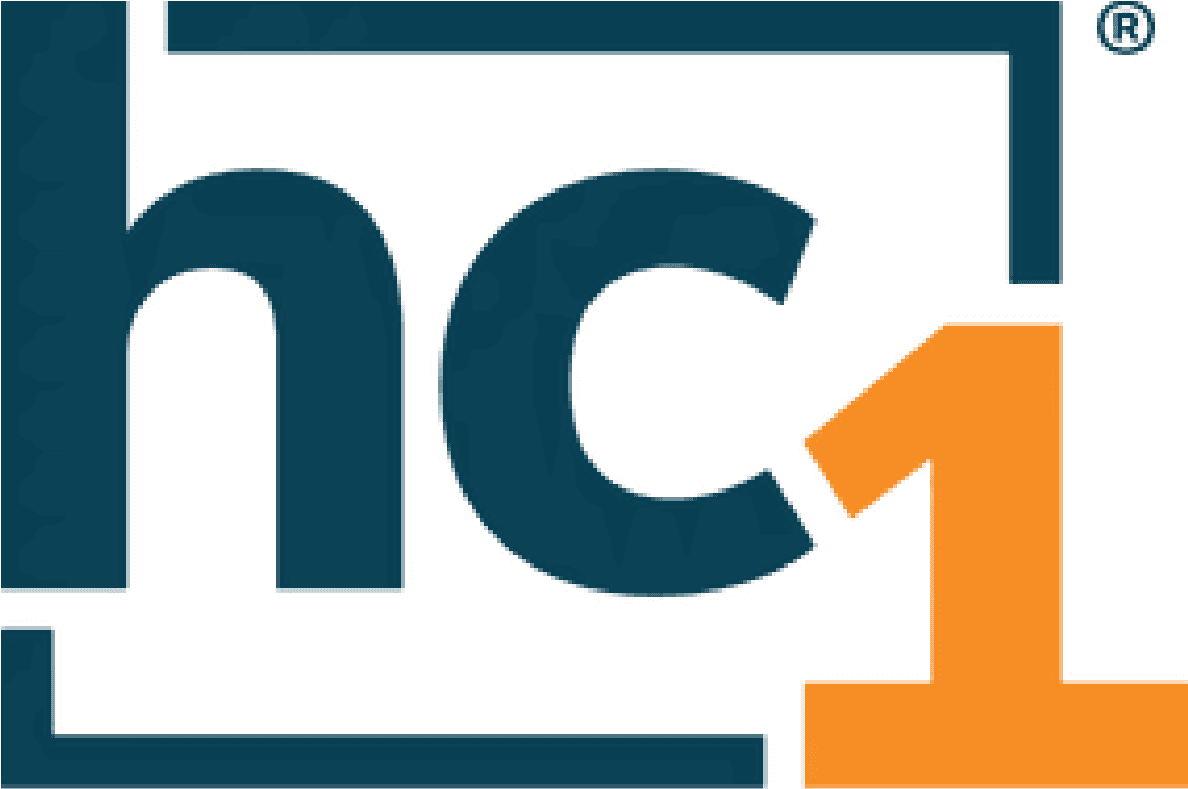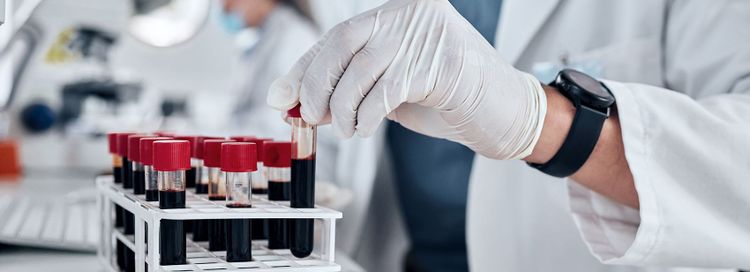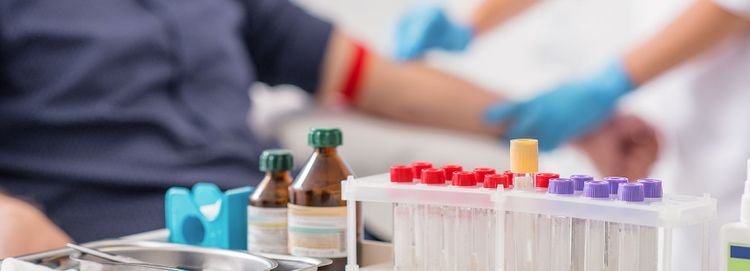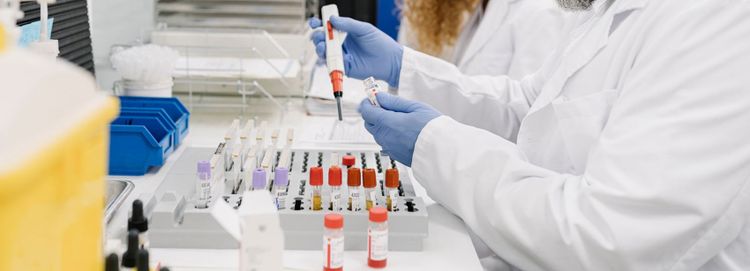October 11, 2022
Laboratory testing plays a decisive role in the early detection, diagnosis and treatment of disease in patients and is the single highest-volume medical activity performed in the U.S., with more than 7 billion tests conducted annually, according to the American Clinical Laboratory Association. Test orders aren’t always perfect, however. Often, a duplicate or unnecessary test is ordered or a needed test is omitted, which can negatively impact the quality of care a patient receives.
Lab Stewardship has emerged as a strategy to assure quality in laboratory medicine to provide the right test for the right patient at the right time. The American Association for Clinical Chemistry (AACC) refers to lab stewardship as correctly ordering, retrieving and interpreting lab results. Errors in these three aspects of the total testing process are the culprits for most diagnostic errors and are the cause of the majority of significant patient harm in malpractice litigations.
On September 21, 2022, Quest Diagnostics, in collaboration with hc1, hosted a virtual webinar on the importance of Lab Stewardship entitled How to Close Gaps in Care by Maximizing the Power of Laboratory Stewardship Solutions.
Experts, Donna D. Cooper, MS, MBA, Sr. Director, Health Systems Product Solutions, Quest Diagnostics and James Haarbauer, MS, Sr. Business Intelligence Consultant, hc1, shared their lab stewardship strategies for hospitals and health systems including:
- The 4 basic elements of an effective Laboratory Stewardship program
- Key criteria when building a Laboratory Stewardship Committee
- 3 ways lab stewardship solutions improve patient care and outcomes
- How to identify low-impact versus high-impact interventions
“Lab stewardship is the opportunity to manage hospital and laboratory resources in a way that provides optimal information to clinicians while reducing costs to patients, hospitals, and health systems,” said Cooper, “Effective committees need a balance of three qualities in order to be successful–Influencers, Informers and Doers.”
Cooper went on to provide details on how to form a solid lab stewardship committee and the importance of governance, intervention, and pipeline from a granular approach. “Getting the right people at the table is critical to the success of any Lab Stewardship Committee,” said Cooper.
Lab Stewardship also requires lab data insights that can be cumbersome to interpret in identifying areas of concern for the health systems they support. However, “the burden of deciphering lab data can be removed from the medical and lab leadership with just an LIS connection––health systems can begin using hc1 dashboards to identify the greatest improvement opportunities by test, location and provider,” said Haarbauer.
Quest Lab Stewardship powered by hc1 empowers health systems to maximize the utility of their laboratories with intuitive analytics and advisory services that provide actionable insights into laboratory testing trends that can identify missed opportunities to deliver the right test to the right patient at the right time.
One of the questions posed by attendees during the webinar’s question and answer session was whether it is easy to access the lab stewardship platform. Cooper explained, “There are two ways to access the lab stewardship platform in a system. Quest offers tiered access through the Reference Platform to allow users to see data on any test that is sent through Quest. The Enterprise Platform allows users to establish an interface with hc1 and will be able to enter data for all in-house testing as well as testing sent to Quest or any laboratory so users will have a full picture of all testing information.”
To learn more in-depth information that was shared, you can view the webinar on-demand by clicking here.
